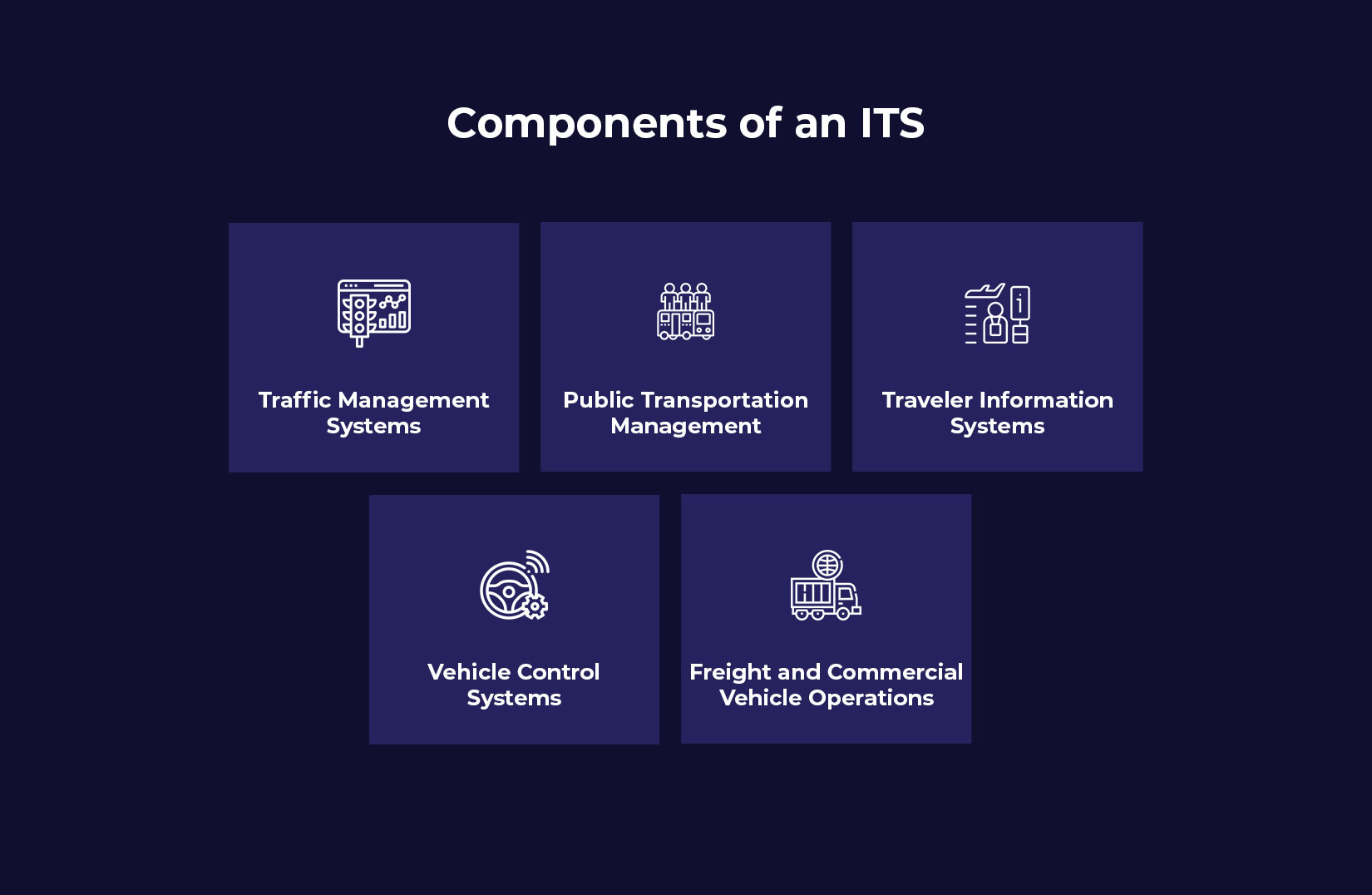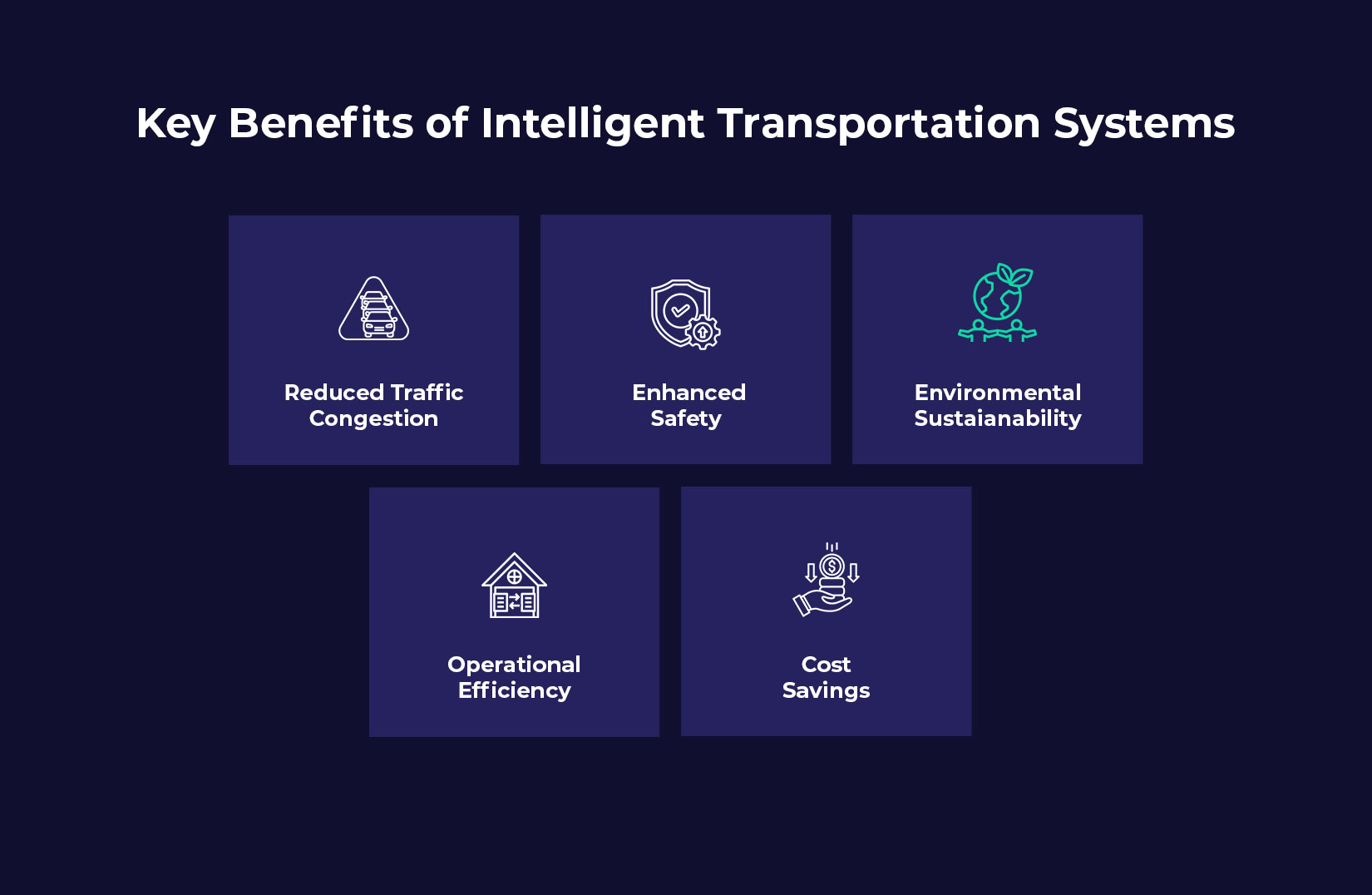
What are Intelligent Transportation Systems (ITS)? A Comprehensive Overview
In today’s fast-moving world, transportation networks are evolving rapidly. Cities are growing, and the demand for efficient, safe, and sustainable mobility is higher than ever. Enter the Intelligent Transportation System (ITS) — a technology-driven approach designed to optimize how people and goods move.
This comprehensive overview will explore what ITS is, how it works, the benefits it offers, and why adopting the best intelligent transportation system is crucial for modern infrastructure.
What is an Intelligent Transportation System (ITS)?
An Intelligent Transportation System (ITS) refers to a suite of advanced technologies and applications designed to improve transportation safety, efficiency, and sustainability. These systems integrate communication, information processing, and control technologies to manage and optimize traffic flow across various modes of transport. ITS enables users—ranging from individual commuters to logistics operators—to make safer, faster, and more informed travel decisions.
According to MarketsandMarkets, the global ITS market is projected to reach $68 billion by 2026, growing at a CAGR of 9.2%. This rapid growth underscores the rising global demand for smart mobility solutions and intelligent traffic management systems.
Components of ITS

An Intelligent Transportation System comprises several key components, each playing a crucial role in streamlining mobility and enhancing safety.
1. Traffic Management Systems:
These systems use sensors, cameras, and AI algorithms to monitor and control traffic flow. They adjust traffic signal timings based on real-time conditions, detect incidents quickly, and help reduce bottlenecks. Advanced freeway and corridor management tools also fall under this category.
2. Public Transportation Management:
ITS improves the efficiency and reliability of public transit. Features such as automated vehicle location (AVL), real-time arrival information, and predictive scheduling allow operators to better manage fleets and improve rider satisfaction. In cities that have adopted transit ITS, on-time performance has improved by over 20%.
3. Traveler Information Systems:
These tools offer commuters live updates on traffic, weather, and delays through apps, websites, and digital signs. By making data accessible, they empower users to make better travel decisions. Studies show that real-time traveler information can reduce individual commute times by up to 15%.
4. Vehicle Control Systems:
Modern vehicles are equipped with smart systems like adaptive cruise control and collision avoidance. These systems enhance driver safety and are often integrated with external ITS networks.
5. Freight and Commercial Vehicle Operations:
For logistics, ITS provides real-time vehicle tracking, automated routing, and regulatory compliance. These features reduce delivery times and operational costs. A study by McKinsey & Company indicates that smart logistics solutions can reduce delivery costs by 10–30%.
How Does an ITS Work?
An Intelligent Transportation System operates through a network of integrated technologies that work together to monitor, analyze, and manage transportation in real time. At the core of ITS are sensors, GPS devices, cameras, and wireless communication networks. These collect data from vehicles, roads, and infrastructure.
This data includes traffic speed, vehicle location, congestion levels, weather conditions, and road incidents. It is then transmitted to centralized control centers where intelligent transportation software processes the information using algorithms and machine learning. Based on this analysis, the system can make real-time decisions—such as adjusting traffic signal timings, rerouting vehicles, or issuing alerts to drivers and commuters.
Mobile apps, roadside displays, and onboard vehicle systems then relay this information to end users. In logistics, ITS enables dynamic route planning, predictive maintenance, and fleet tracking. By automating decision-making and providing actionable insights, ITS significantly improves efficiency, safety, and the overall transportation experience.
Key Benefits of Intelligent Transportation Systems

Implementing an Intelligent Transportation System offers a wide range of benefits that enhance both public and private transportation operations.
1. Reduced Traffic Congestion:
ITS technologies improve traffic flow by using real-time data to manage congestion. Smart traffic signals adapt to traffic volumes, reducing delays at intersections. In metropolitan areas, this has led to noticeable decreases in travel times. According to the Federal Highway Administration, ITS technologies have cut travel times by 8% to 25% in several U.S. cities.
2. Enhanced Safety:
Accident prevention is a major focus of ITS. Systems like automatic incident detection, warning systems, and adaptive speed limits help reduce crashes. Driver assistance technologies further minimize human error, making roads safer for everyone. The U.S. Department of Transportation reports that ITS implementations can reduce crashes by up to 35%.
3. Environmental Sustainability:
ITS contributes to greener transport by optimizing routes and reducing idle time, which lowers fuel consumption. Many cities using ITS report a measurable decline in vehicle emissions. A European study showed that ITS technologies can reduce CO₂ emissions by up to 21%, supporting broader climate goals.
4. Operational Efficiency:
For logistics and transit authorities, ITS ensures smoother operations. Real-time tracking, automated scheduling, and predictive analytics help optimize resource use and reduce downtime. Companies report fleet productivity improvements of 10–20% when using ITS-based fleet management tools.
5. Cost Savings:
By improving infrastructure utilization and reducing fuel and maintenance costs, ITS offers strong long-term ROI. According to the Intelligent Transportation Society of America, ITS solutions yield a benefit-to-cost ratio of 9:1, indicating significant financial returns for every dollar spent.
Challenges in Intelligent Transportation System Implementation

Despite the clear advantages, deploying an Intelligent Transportation System comes with several challenges that organizations and governments must address.
1. High Initial Costs:
Deploying an Intelligent Transportation System involves significant initial costs for equipment, technology, and qualified professionals. Infrastructure upgrades such as sensors, communication networks, and control systems can strain public budgets, especially in developing regions.
2. Data Privacy:
ITS collects vast amounts of data from vehicles, infrastructure, and users. This raises concerns around how data is stored, shared, and protected. Ensuring robust cybersecurity and privacy measures is essential to maintain public trust.
3. Compatibility:
Integrating various systems across regions or agencies can be complex. Different manufacturers, platforms, and protocols can lead to compatibility issues, making seamless communication between systems difficult. A survey found that over 40% of transportation agencies cite interoperability as a major barrier.
4. Maintenance and Upgrades:
ITS is a dynamic field requiring constant updates. Maintaining equipment, software, and connectivity infrastructure is an ongoing effort. Without regular upgrades and support, systems can quickly become outdated or inefficient.
Future Trends in Intelligent Transportation
The future of the Intelligent Transportation System is being shaped by cutting-edge technologies that promise to make mobility even smarter, safer, and more responsive.
1. Artificial Intelligence (AI):
AI is playing a critical role in analyzing transportation data and making real-time decisions. From predictive traffic patterns to automated incident response, AI is enabling smarter city planning and faster service delivery. AI in transportation is projected to be a $3.5 billion market by 2030.
2. Autonomous Vehicle:
Self-driving vehicles rely heavily on ITS infrastructure for navigation, obstacle detection, and real-time communication. As autonomous technology advances, the need for highly reliable and synchronized ITS networks will grow. Autonomous vehicles are projected to cut traffic-related deaths by up to 90% over time.
3. Vehicle-to-Everything (V2X):
V2X enables vehicles to communicate with each other, traffic signals, pedestrians, and road infrastructure. This connectivity helps reduce accidents, improve traffic flow, and support autonomous mobility.
5. 5G Connectivity:
The rollout of 5G will provide the speed and bandwidth needed for seamless ITS operations. With ultra-low latency, 5G enhances real-time data exchange between vehicles, sensors, and control systems. By 2027, over 60% of global ITS applications are expected to run on 5G networks.
Conclusion
An Intelligent Transportation System is more than just a trend — it’s a vital solution to today’s urban mobility challenges. From traffic control to logistics optimization, ITS leverages technology to make transportation smarter, safer, and more sustainable.
By investing in the best intelligent transportation system, cities and companies can unlock greater efficiency and better service outcomes. As demand for real-time, responsive transportation grows, so does the importance of choosing the right intelligent transportation software and intelligent transportation solution tailored to specific needs. So, book a demo with LogiNext Solutions and get the best software for your business. Click on the red button to know more.
5







@LogiNext